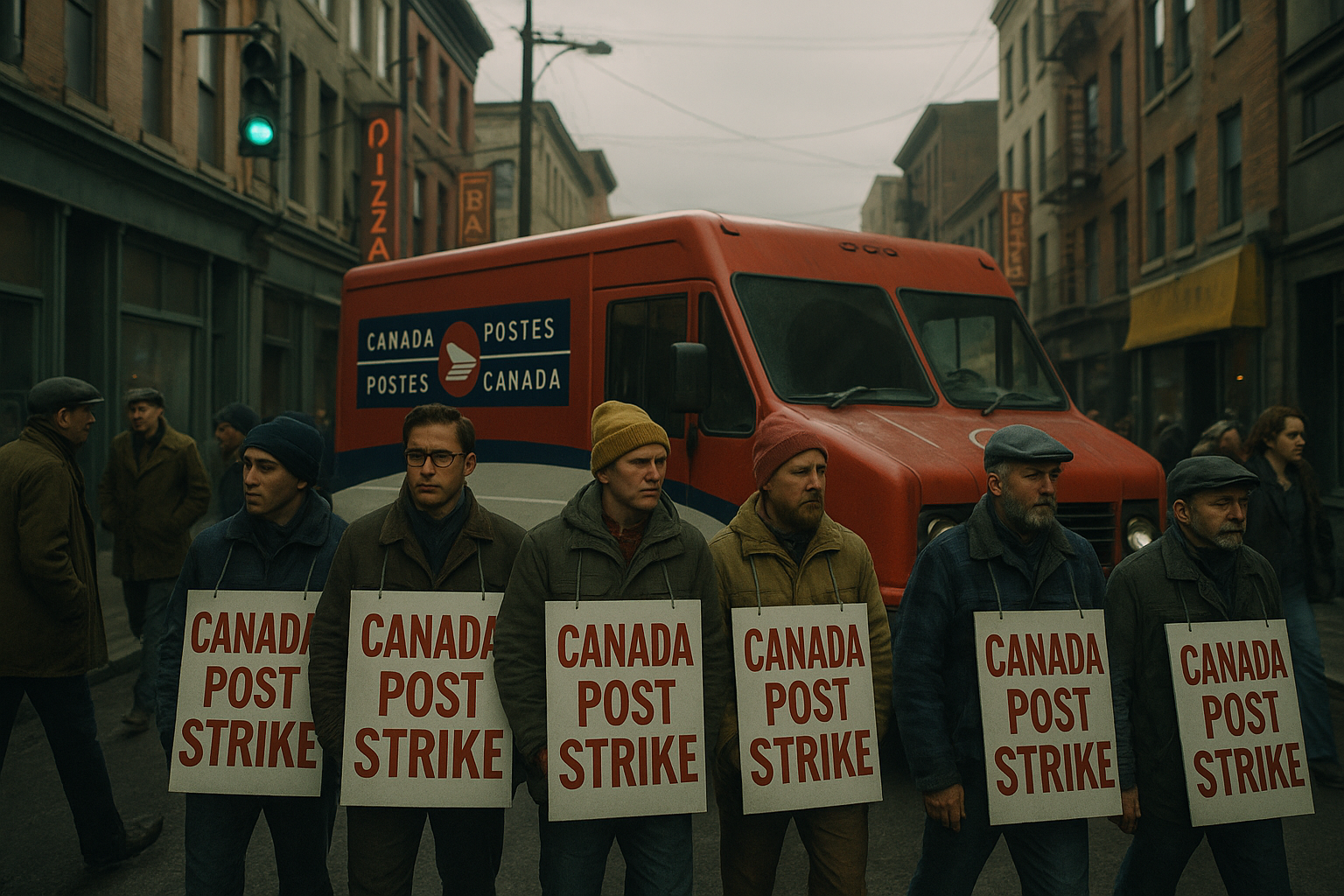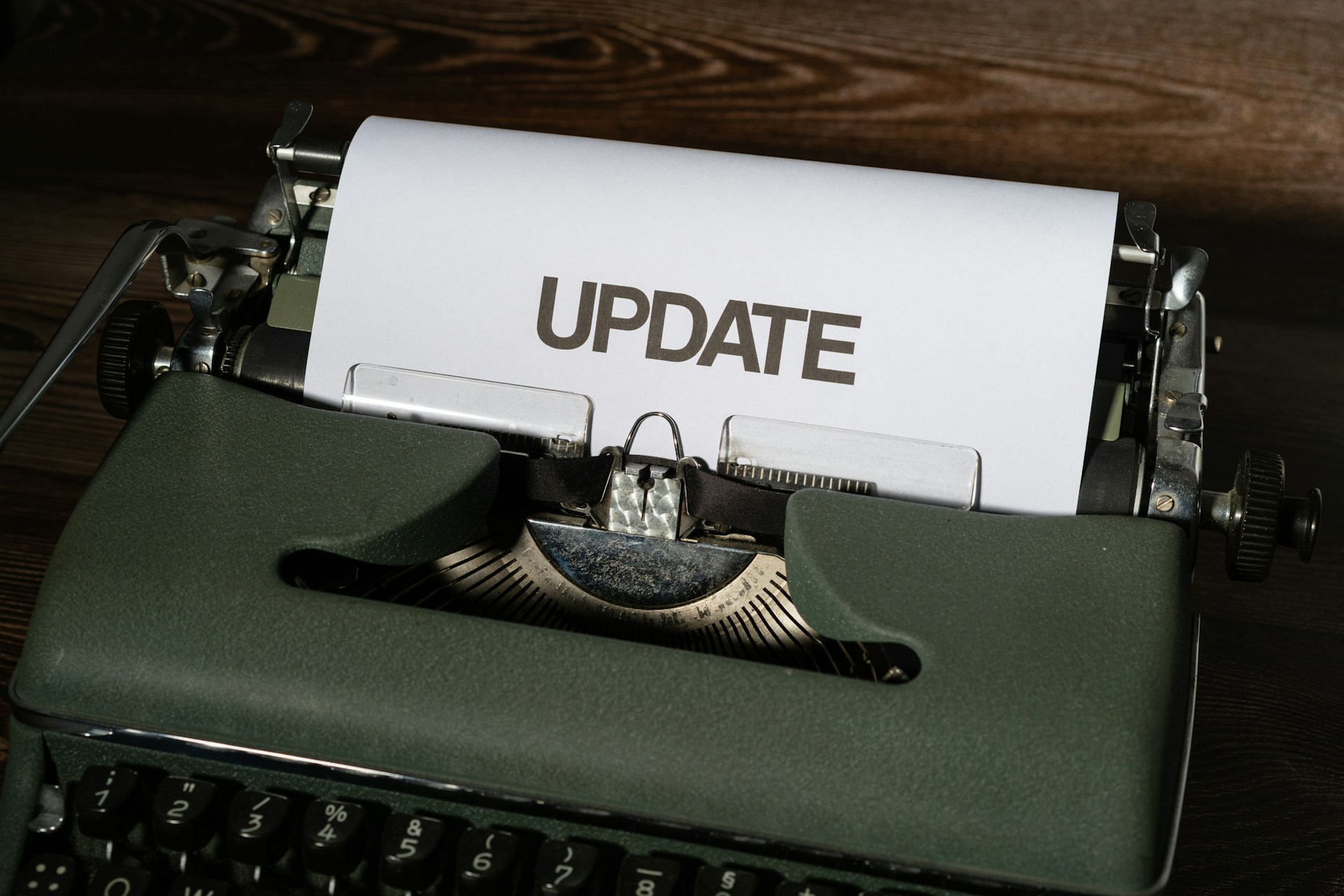
Franchise Flyer Rollouts That Work During Postal Strikes
Postal delays do not slow local demand. They slow your usual mailers. If you operate multiple locations, waiting for postcards means uneven foot traffic and managers guessing at what to do next. A clean, franchise-friendly flyer system fixes that. Think of a flyer as a short, helpful guide that meets people where they already walk and makes the next step easy. When each store runs the same simple play, you get predictable results across the map.
Below is a practical rollout you can hand to every location and launch in days, not weeks.
Start with one outcome per location
Pick the single action you want from this drop. Book a time. Order for pickup. Claim an offer. That choice simplifies everything. Each store should run one outcome at a time so you can compare apples to apples later. For a quick foundation on keeping print persuasive, share How to Effectively Use Marketing Flyers for Your Business (Part 1) with your managers.
Standardize the kit, localize the details
Give every store the same core pieces and let them plug in local info.
-
One benefit-led headline
-
One outcome image that shows the after
-
One action block with a large QR, a short URL, and the store phone
-
A tiny footer area for store code and version mark
Local fields: neighbourhood name, hours, and a tiny map that says two minutes from here. Consistent structure keeps brand quality high while letting each team sound like a neighbour. For guardrails that favor conversions over decoration, align everyone with Why Flyer Design Matters: The Secret to Higher Conversions & Profitable Scaling.
Choose formats that travel well across markets
You do not need ten sizes. You need two that work everywhere.
-
Pocket A5 or half-page stacks for parcel rooms, partner counters, and front desks
-
One calm elevator poster per building with a single headline and QR
If a store has townhomes on its block, add door hangers to two nearby streets. For a quick size sanity check, point teams to Flyers That Work: How to Choose the Right Size and Format for Maximum Impact.
Map four micro-zones per store
Replace broad postal codes with places people actually pause.
-
Two apartment buildings with parcel rooms
-
One partner counter two to five minutes away
-
One walkable street the store already serves
Label them LOBBY-A, LOBBY-B, COUNTER-1, STREET-1. Precision beats volume, and it makes week-to-week comparisons easy. For placement ideas that consistently convert, managers can skim 10 Flyer Marketing Strategies That Actually Work.
Build a single tap path from print to action
Your flyer should act like a button. Group the essentials:
-
A large QR with a plain caption such as Scan to order in 30 seconds
-
A short URL beside it for screenshotters and texters
-
The store phone number for callers who want help now
Deep-link to the exact action: time picker, order-ahead page, RSVP. Never the homepage. When in doubt, keep the page as focused as the flyer.
Give stores a simple two-week cadence
Mail used to carry repetition for you. In a strike, run short, steady cycles.
-
Week 1: Seed all four micro-zones with identical creative
-
Week 2: Re-drop the top two placements with the same creative for recognition, then add one look-alike building or counter
Recognition compounds response. For a team-wide reminder on why rhythm matters, share Why Repetition Is Your Secret Weapon in Direct Mail Marketing.
Track cleanly without new software
Central ops needs comparable numbers. Stores need zero hassle.
-
Unique QR tags and short URLs per placement (LOBBY-A, COUNTER-1, etc.)
-
A tiny version code in the footer (V1, V2) to test one change at a time
-
Weekly readout of responses, conversions, CPA, and average order value by placement
Roll the numbers up centrally and publish a simple leaderboard. When one store’s COUNTER-1 beats everyone else, the rest can mirror the placement and copy.
Staff scripts that match the headline
A quick, friendly handoff keeps calls and counters moving.
-
“Calling about the flyer? Great—here are two pickup windows.”
-
“Booking this week? I can hold Tuesday at 6 or Wednesday at 7.”
-
“Want curbside? I can set that in 10 seconds.”
Short, confident, and consistent with the flyer language. That uniformity makes multi-location reporting more reliable.
Offers that scale without squeezing margin
You do not need deep discounts to move the number across many stores. Use perks that feel generous and cost little to fulfill.
-
Priority pickup for QR orders
-
Evening or weekend booking windows
-
Small auto-applied add-ons or samples
-
Bundle sets that raise average order value
Place the perk near the CTA so it is seen at the exact decision moment.
Troubleshooting playbook for managers
If a store’s placements lag, swap one variable at a time.
-
Keep routes steady and change only the headline
-
Keep creative steady and try a different partner counter
-
Keep everything steady and adjust drop timing to the right daypart
One change per cycle protects your signal. For back-to-basics reminders, point new managers to Why Flyers Work: Insights for Canadian Entrepreneurs.
Industry snapshots that franchises can copy
Quick-service restaurants
Parcel rooms at 3 to 5 p.m. with “Dinner ready in 15 minutes.” QR to tonight’s order-ahead page. One elevator poster per building with the same headline for recognition.
Clinics and wellness chains
Medical towers and nearby apartments. “Evening openings this week.” QR to a mobile time picker. Pocket cards in the lobby carry a micro-FAQ that reduces calls.
Retail pickup and convenience
Partner counters near each store. “Two minutes from here. Scan to reserve and pick up today.” Add a tiny map so first-time visitors picture the walk.
Home services networks
Door hangers on two streets each crew already serves. “On your street today. Book a 2 to 5 p.m. window.” Leave-behinds lock the next visit and harvest referrals.
Why this scales with Flyer Canada numbers
When every location meets neighbours where they already walk and makes action one tap, strike delays stop mattering. Across campaigns, Flyer Canada clients average a 4.4% conversion rate compared to a 1.41% industry average, achieve 51.8% lower customer acquisition costs, and see ROI ranging from 3x to 29x. Multi-location rollouts often sit toward the high end because waste drops and the same small wins get repeated everywhere.
A two-week franchise rollout you can start today
-
Publish a one-outcome template and lock the layout.
-
Print pocketable A5 cards and one poster per target building.
-
Map four micro-zones per store and tag each placement uniquely.
-
Seed Week 1, re-drop the top two in Week 2 with the same creative, and add one look-alike placement.
-
Share a simple leaderboard and copy the winners across the network.
Do that and your brand will stay visible and predictable while the mailbox is quiet.
Final thoughts
Postal strikes should not make multi-location marketing chaotic. A simple, shared flyer playbook keeps every store on message, on rhythm, and measurable. Keep the copy human, the path one tap, and the cadence steady, and the network will feel it in orders, bookings, and repeat visits.
If you want help templating a franchise kit and mapping store-by-store routes, reach us through the contact page, explore ready-to-print formats in the online store, or call 437-524-5287 and we will plan your first two weeks together.


